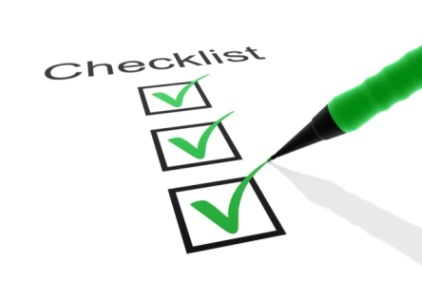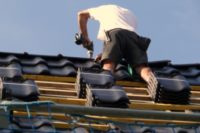 • Has the most suitable equipment been selected to ensure safety, including for access and evacuation?
• Has the most suitable equipment been selected to ensure safety, including for access and evacuation?
• Are ladders only used when other equipment is not justified in view of the short length and low risk of the task?
•Is the scaffold erected on a firm foundation?
•Are all guardrails in position at the correct height?
•Are there enough planks for the working platform?
•Are the planks secured in position?
•Have any scaffold ties been removed?
•Is a ladder the safest and best method for the job?
•Is the ladder in good condition and suitable for the type and height of work?
•Can the ladder be placed to avoid overreach?
•Can the ladder be restrained at top and bottom?
•Is the supporting surface firm and level?
If any answer to the above questions is NO, preventive action is needed before starting work.
Preventive measures include:
•Ensure openings, such as holes in floors, are fenced off with secure barriers or covered. Secure the cover or mark with a warning
•Check all scaffold elements for safety
•Inspect ladders to ensure they are in good condition and securely positioned
•Use fall-arrest equipment when working on scaffolding, especially before guard rails and toe boards are fitted, and ensuring harness lines are attached to a firm structure and used properly
•Do not throw equipment or materials to a lower level, the ground or onto safety nets.
Source: European Agency for Safety and Health at Work









